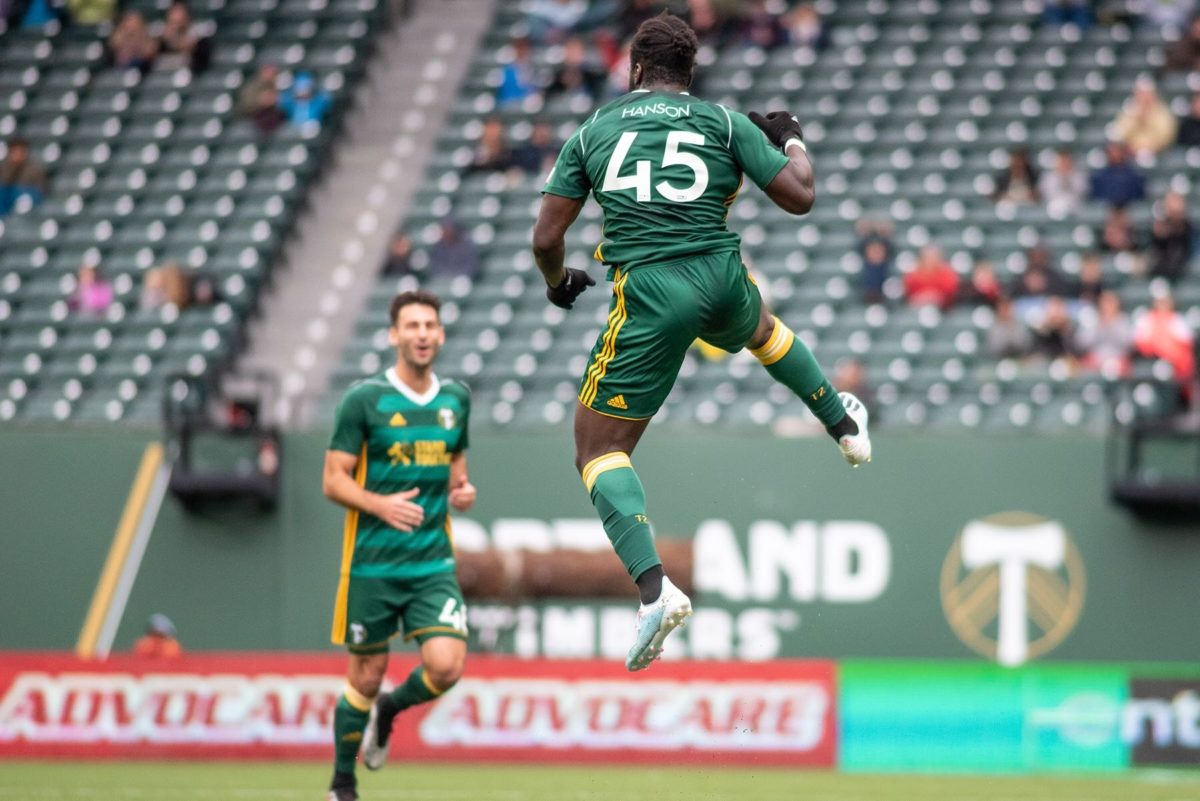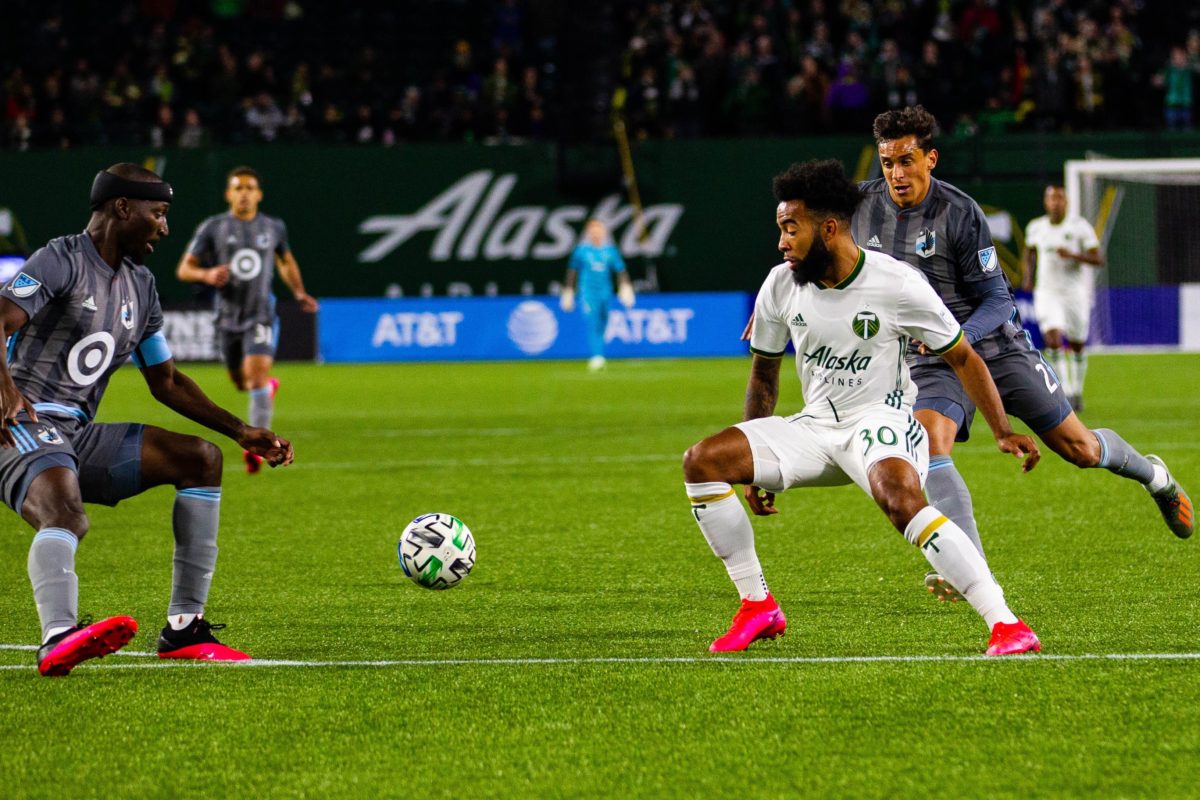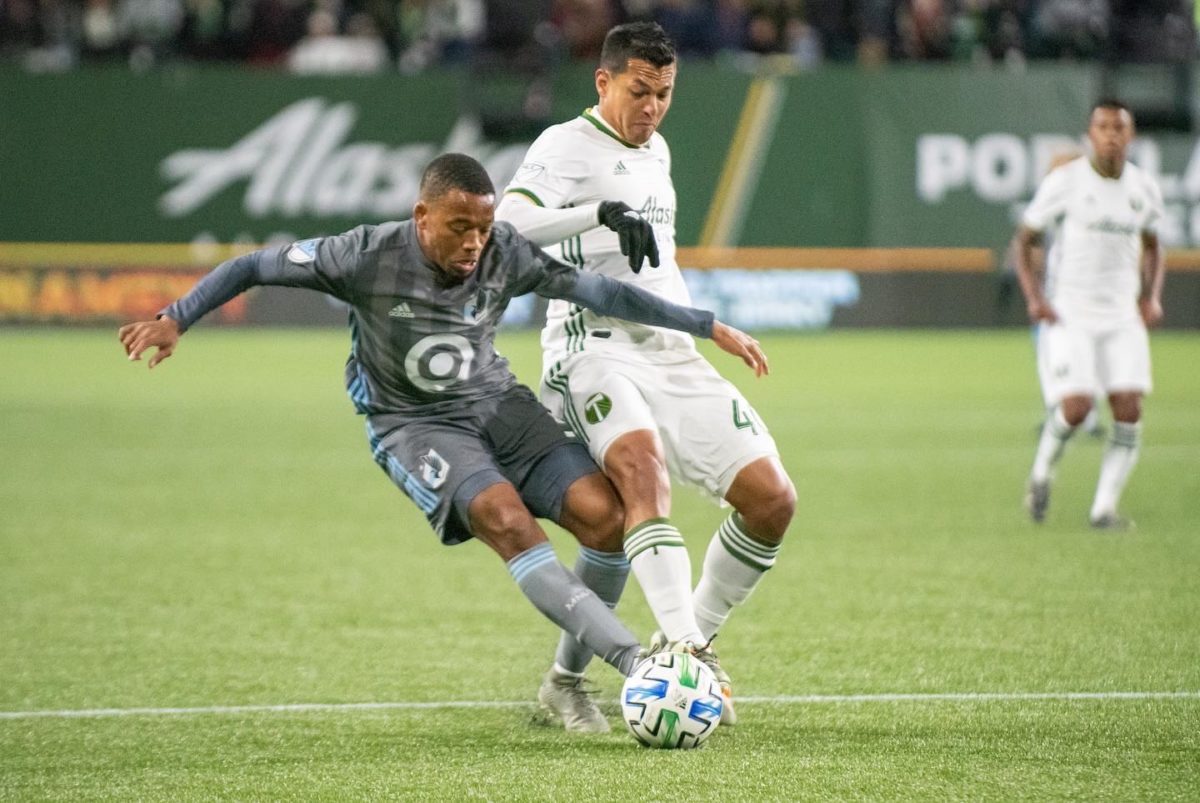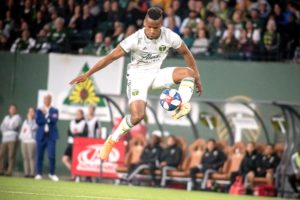It’s a year of significant change, yet also one of similarity for Timbers 2.
Off the field, the USL Championship team will embrace a new identity, one with roots in Hillsboro. No longer will the team need to play in a cavernous Providence Park. Instead, games will take place 13 miles to the west in a new community. Playing at Hillsboro Stadium, there’s an opportunity for the team to create a new fanbase and set itself apart from the “older brother” MLS side, an opportunity to prove itself as a distinct, thriving piece of the organization.
This season, T2 could be more stable than ever before. The team plans to return many of last season’s mainstays, and there will be plenty of depth, which could help with the fluidity between T2 and the first team. However, change could also be in store for the months to come, as it’s possible the team could start the season with some moves yet to be completed. Head coach Cameron Knowles believes in the potential of his group and is excited to expose a new market to professional soccer, but also acknowledges that it is the organization’s responsibility to put forth a good product on the field and develop a fan base.
“With the move to Hillsboro, I think we should create some excitement in a new stadium with a new community,” Knowles said. “We’re going to have to have results on the field to do that, and we’re going to have to have engagement in the community off the field.”
What will not change is the team’s role within the organization. Situated in the second division of American soccer, T2 is the middle ground between the Timbers academy system and the first team. Ideally, it functions both as an incubator of talent and a development ground for players close to being able to contribute at the next level.
Last season saw players such as Marvin Loria and Renzo Zambrano make the leap from T2 to the first team, where they still play significant roles heading into the 2020 season. Before them, Jeremy Ebobisse had worked his way up the ladder from T2. Now, more young players than ever before are coming up through the Timbers’ academy system to play for T2, and in turn, more T2 players are beginning to make that leap to the first team.
Locally, Gio Calixtro (Cornelius) and Carlos Anguiano (Salem) are starting to make their way up the ranks. Over the offseason, T2 brought in Ken Krolicki from Montreal and Marcus Epps from Philadelphia, two promising young players with MLS experience already under their belt. Bringing in a youth international right back like Pablo Bonilla should go a long way as well. All of this comes before mentioning returning players like Ryan Sierakowski who will be playing closer to their natural positions this season.
“I think that it’s a pretty balanced group in terms of young, exciting talents, some local players that have come through our academy, and a couple of experienced players that come with experience outside of USL—with international experience or MLS experience,” Knowles said.
And while fans may be scrambling to identify the one or two obscure T2 names that could flash on the Providence Park reader board by the time the US Open Cup rolls around, maybe it’s worth looking at even younger names that are quickly making their way up from the academy. Knowles cited players like Southridge High School sophomore goalkeeper Hunter Sulte and Portland native Kevyn Lo as players worth watching this season.
As the year goes on, the team will continue to reevaluate these young academy players, assessing who deserves a look at the next level. According to Knowles, T2’s staff meets with the first team staff daily. With so much depth and talent in the player pool, these are exciting times within the organization. While not every player can follow in the steps of an Ebobisse, every year, there seems to be a player or two who makes some sort of breakthrough, and that seems likely to be the case once again this season.
Most importantly, the players themselves seem to be hungry to make the Timbers’ roster and prove that eventually, they can be first-team mainstays. This all bodes well in regards to T2’s season. Last year, T2 came out of the gate on fire before falling back to earth in the latter half. Knowles said that the organization has looked into last season’s disappointing finish, and that everyone wants to make sure the same thing doesn’t happen again. In the short term, he is hoping that the larger roster will add more depth and prevent the losses of momentum that can happen when a team is run-down and over-rotated by the middle of summer.
“The ultimate goal of being with T2 is to break through with the first team, so it was awesome to get that taste a little bit,” Sierakowski said. “Continuing to show my quality, continuing to show my presence by continuing to score goals and contributing in hopes of that translating to MLS.”
Added Anguiano: “I feel like I am in a good position and I need to make the most of the opportunity.”
Ultimately, the season’s results, both on and off the field, will come down to how well T2 can adapt to a new city while settling into another long, grueling USL season. The initial signs are positive, and according to those in and around the team, this season has the potential to be one of T2’s best.
Said Knowles: “Once we get two or three games into the season and the squad starts to settle down a little bit, I think we’ll get a sense of how competitive we can be in this league.”





